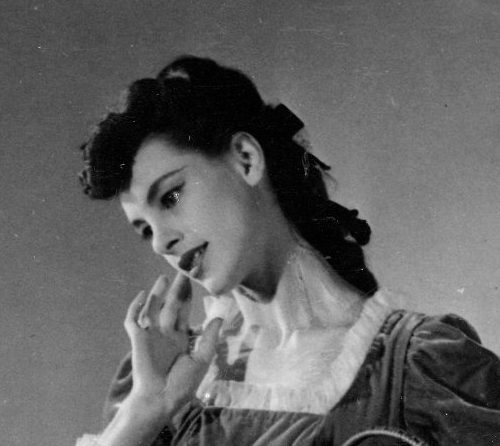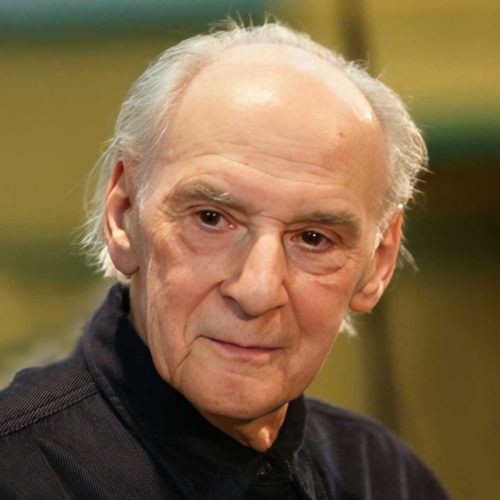The Camargo Society was a subscription ballet club formed in 1930 to support and nurture British ballet. Set up by Philip J.S. Richardson, the editor of the Dancing Times, and the critics Arnold Haskell and Edwin Evans, it admirably bridged the gap between the end of the Diaghilev era and the emergence of native British companies. Its vision, combined with artistic depth and enviable speed of action, created an environment where homegrown dancers, choreographers and designers had the chance to develop. Ballet flourished in the three years of its active artistic life and 16 ballets were produced, including Ninette de Valois’ Job and Frederick Ashton’s Façade, as well as revivals of shortened versions of Giselle, Swan Lake and Coppélia. When John Maynard Keynes became the Society’s treasurer in 1932, the profile was raised again with a season at the Savoy Theatre. In its productions established stars such as Alicia Markova and Anton Dolin, as well as the Russians Olga Spessivtseva and Lydia Lopokova, danced alongside emerging British talent. Two galas were held at Covent Garden in 1933. In a surprisingly short life and with unusual speed and flexibility, The Camargo Society had launched not just many who went on to become famous throughout the world, but, in a sense, British ballet itself.




